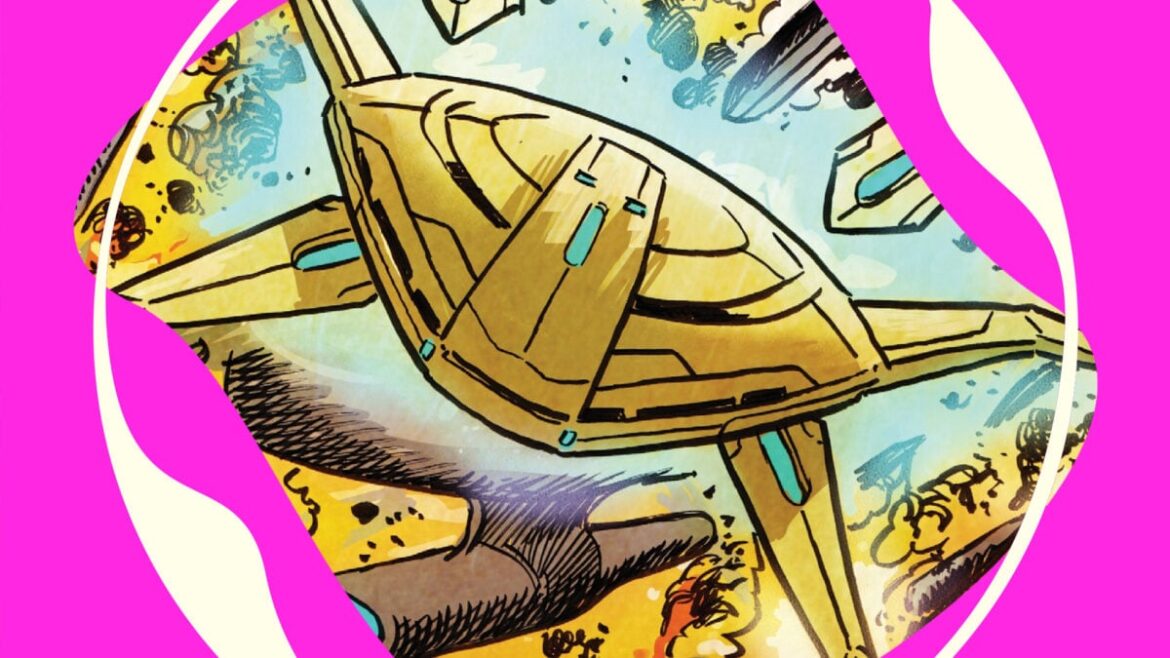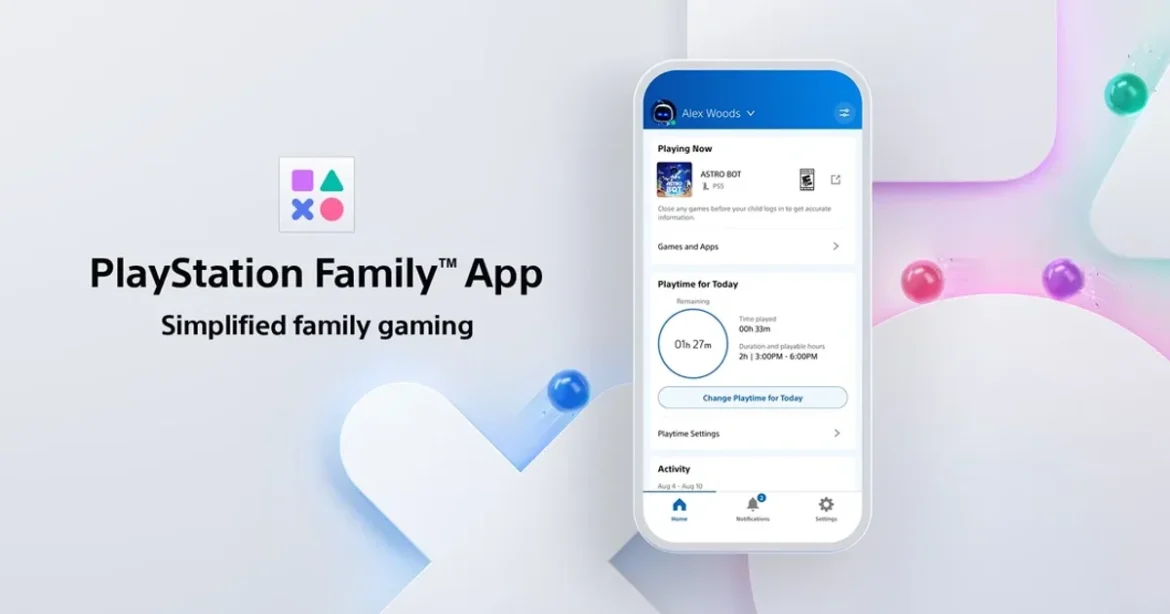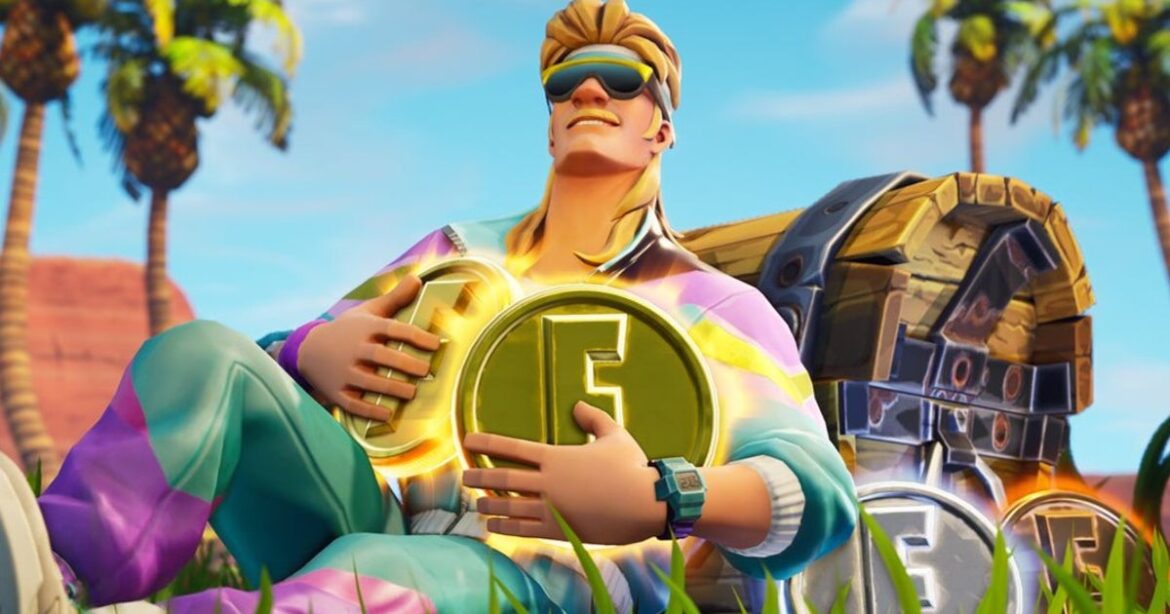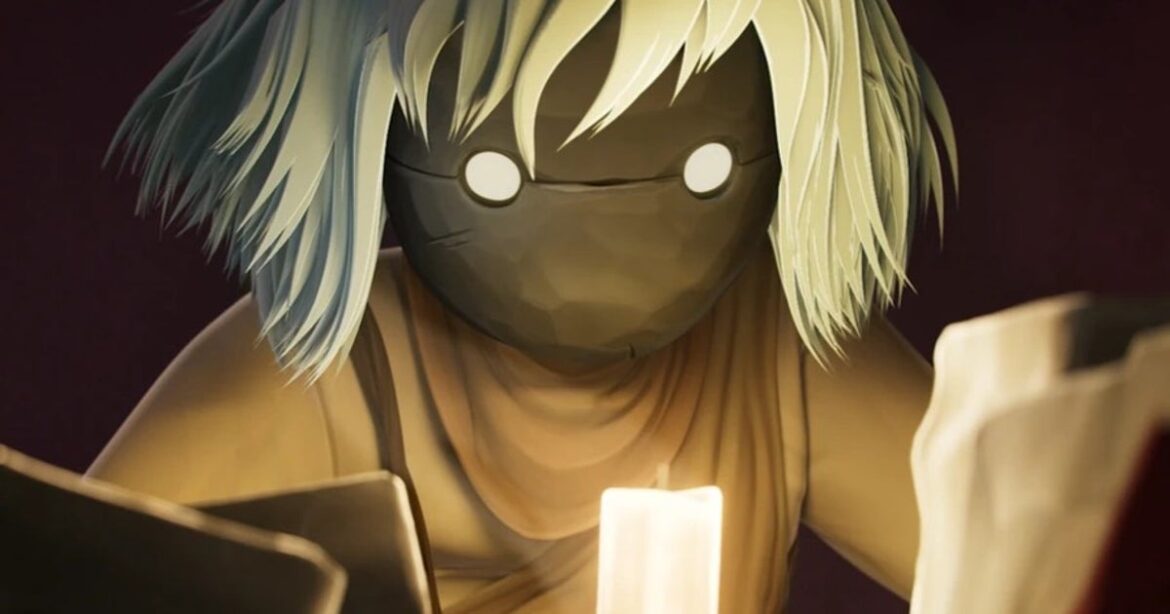When IDW announced its latest Star Trek comic, The Last Starship, much of the focus was on the fact that the series would, somehow, resurrect Captain James T. Kirk for a story set in the 31st-century timeline introduced in Star Trek: Discovery. Now the series is here; the premise is much more than nostalgia for the original Trek captain but instead a fascinating way to explore not one but two different major plotlines developed in contemporary Star Trek‘s streaming age—ideas that Star Trek largely abandoned on TV.
The first issue of The Last Starship—written by Jackson Lanzing and Collin Kelly, with art by Adrian Bonilla and Heather Moore, and lettering by Clayton Cowles—is set in the first of those two missed opportunities: the immediate outbreak of “The Burn” in the early 31st century. The cataclysmic, galaxy-wide destabilization of dilithium (and with it, the near-instantaneous breaching of every active warp core) formed a major backstory element across Discovery‘s third season after the titular ship was shot into its far future and into the mid-32nd century, into a galaxy that had already largely grappled with the new status quo of a heavily diminished Federation and limited interstellar FTL travel.
But while Discovery‘s third season largely formed itself around solving the problem of the Burn and its mysterious origin (and allowed the ship to negate the issues around FTL travel by and large with its own alternate spore-drive-based systems), setting The Last Starship in the direct aftermath of the Burn itself gives the series a fascinating sense of drama. The first is the fact that, no matter what happens, we by and large know that the Starfleet crisis is not going to be resolved, because that’s Discovery‘s job a century after all this takes place, without a dramatic time jump or two.
© Adrian Bonilla and Heather Moore/IDW
The other is that we’re given an incredible chance to see Starfleet officers grapple in real time with the loss of a Star Trek status quo that had existed for millennia and what that loss can do to even its best and brightest. Last Starship does not give us a stagnant Federation in the moments before it is laid low, but one that was absolutely ascendant: the issue opens with the U.S.S. Sagan in pursuit of a Gorn ship, but not for any regular issue, but because the ship’s crew has a chance to convince the Gorn to join the Federation as the last outstanding known species in the galaxy. Even if we know everything is about to go to hell for Captain Delacourt Sato and his crew, for the briefest of moments, Star Trek‘s Federation is on the cusp of a complete utopian society, the ultimate achievement of goals the franchise at large has wanted to champion for almost 60 years, an idea of Star Trek without external conflict the series has rarely considered before.
Of course, things don’t last: in the exact moment the Sagan achieves this watershed moment of diplomacy, the Burn happens. The Sagan, alongside Starfleet’s primary fleet and hundreds of thousands, if not millions, of ships, Starfleet or otherwise, across the galaxy, explodes. Sato and three of his bridge crew are some of the scant number of Starfleet personnel still alive and become key figures in the Federation’s response to an almost complete shattering of galactic civilization in an instant. Unlike Discovery, there is no flash forward to a changed but still largely similar status quo. There are no people here who are used to this; there are not yet the thriving pockets of society or isolationist worlds we see across the series, waiting for the hope of unity in the Federation that will eventually be provided by the Discovery crew’s mission.
© Adrian Bonilla, Heather Moore, and Clayton Cowles/IDW
Everything in The Last Starship is raw and in the moment, and enough to lay even the most idealistic of Starfleet’s surviving members low. And not only do we get to sit with that horror, but The Last Starship‘s first issue almost luxuriates in it, Bonilla and Moore’s art wreathed in thick, sketchy linework and heavily inked shadows. Last Starship almost feels like a horror comic as much as it does a Star Trek one, but the dread is existential: the horror is in the collapse of a society that has been a given in almost every work of Star Trek ever made.
It’s what people are suddenly willing to do in that kind of horrifying situation that leads to Last Starship‘s other twist and its other riff on a missed Star Trek opportunity. While the remnants of Starfleet’s command convene on Earth to navigate what comes next for the galaxy, they’re interrupted by the arrival of a familiar emissary: a masked, cybernetic figure, tendrils swirling around them, who eventually reveals their name, face, and identity… Star Trek: Picard‘s Agnes Jurati, the ambassador of her own Borg cooperative, not seen for almost a thousand years, ready once more to work with the Federation as it had been at its inception.
© Adrian Bonilla, Heather Moore, and Clayton Cowles/IDW
One of the biggest, weirdest disappointments about the transition from Picard‘s second season to its third was just how much potential was squandered in its sudden step into a nostalgic Next Generation reunion (even though it was, ultimately, a pretty good reunion). The ballsy imagining of an entirely new faction of Borg not just willing to be at peace with the Federation but even potentially joining it was the kind of bold thinking that Star Trek hadn’t contemplated in years—not since TNG itself had transformed the Klingons from antagonists to allies. But the show never did anything with it: Jurati was just one original Picard character among several that never appeared in season three, which reunited the TNG crew to confront the Borg threat we already knew and had seen confronted plenty of times before.
Borg-Jurati’s role in The Last Starship is just as delicious as her brief appearance in the Picard season two finale was. While Starfleet had largely wiped out the Borg Collective, Agnes’ cooperative is a very different beast, offering to aid Starfleet’s remnants in building a new flagship to try and bring hope to the galaxy, operating on Borg transwarp technology rather than dilithium-based FTL travel. On the surface, she’s amicable, pushing a desperate Federation into alliance to live up to the ideals it’s represented for thousands of years—she’s not there to kick Starfleet while it’s down or finish the job. But it’s immediately clear by the end of Last Starship #1 that the cooperative has its own goals rather than simply goading Starfleet into putting its latinum where its mouth is: not wholly villainous or heroic, but playing a longer game across the course of the new series.
© Adrian Bonilla, Heather Moore, and Clayton Cowles/IDW
It’s only there that the Captain Kirk of it all comes into play. After helping Starfleet almost literally cobble together a new flagship—the U.S.S. Omega, a scrappy hybrid of dozens of Starfleet ship hulls and Jurati’s transwarp engineering—does Jurati reveal her reward out of the bargain is none other than a blood sample of Kirk stored on Daystrom station for centuries. Using advanced Borg nanites, the sample creates a wholly real Jim Kirk. Not memories in a new body, or a clone, as she dismissed, but Kirk in his prime, a Kirk breathing, thinking, and remembering as if his final moments in Star Trek: Generations were not final at all. The way Jurati narrates the resurrection, as it were, is hopeful: she believes this moment in Star Trek requires someone like Kirk, a frontier diplomat who boldly explored and fought for the Federation’s future, rather than being trapped in resting on the laurels of its past as her grief-stricken Starfleet contemporaries are. But there is something, again, presented as almost horrifying by what she’s done: a Borg playing god with one of the most revered figures of Star Trek, even if it is in an hour of great need.
How The Last Starship builds on this from here remains to be seen. The debut issue closes on a tease of a very familiar conflict for this reborn Kirk and the Omega‘s crew to confront, in a faction of Klingons using the chaos of the Burn to try and return their people to their ancestral warrior roots and finish Starfleet off once and for all. What will remain interesting is not how it manages to reshape the familiar of Star Trek‘s history, but how it builds on the vast potential it’s begun to mine from Star Trek‘s more recent era to create something new and exciting instead.
Want more io9 news? Check out when to expect the latest Marvel, Star Wars, and Star Trek releases, what’s next for the DC Universe on film and TV, and everything you need to know about the future of Doctor Who.




